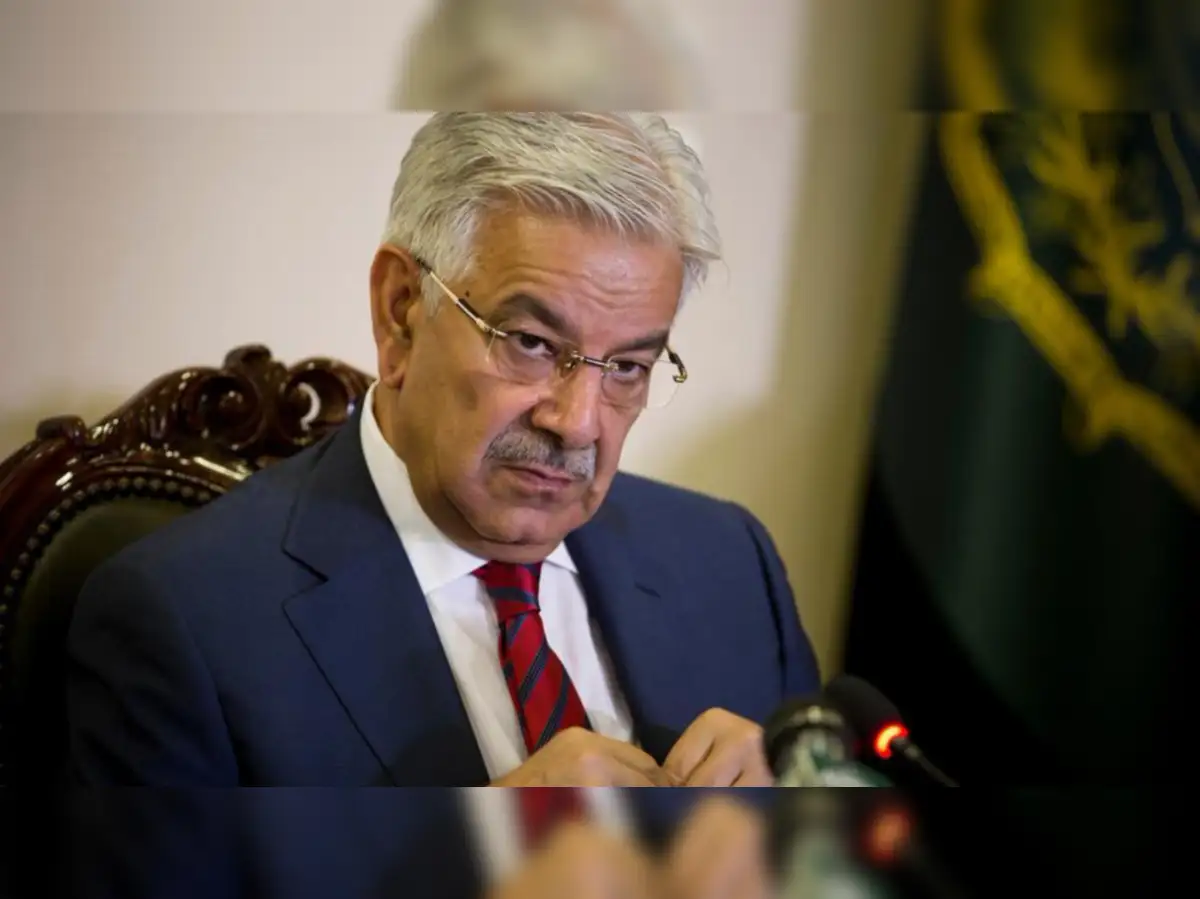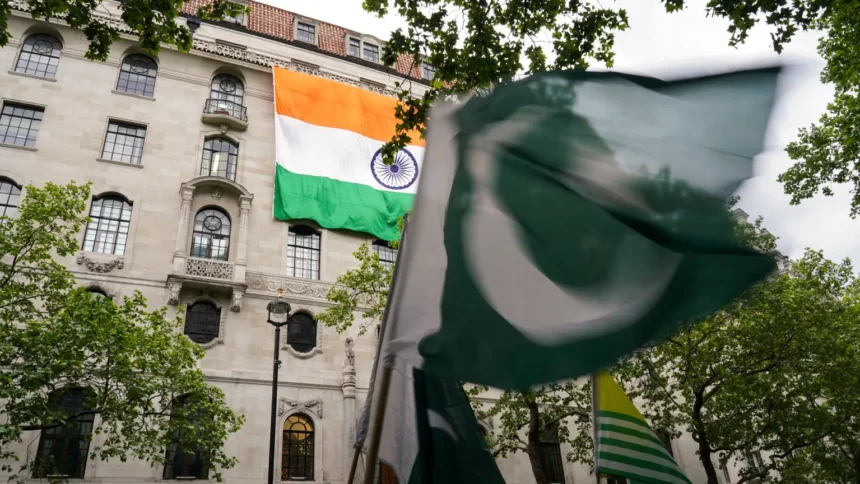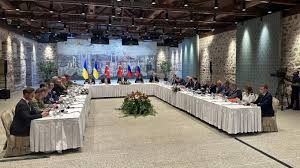The ongoing tension between India and Pakistan has reached a critical point, with both nations engaging in military strikes and hostile rhetoric. As these nuclear-armed neighbors stand at the brink of war, global leaders urge for peace. In this blog, we explore seven key strategies that could help India and Pakistan de-escalate the current conflict and prevent further escalation. For an overview of the geopolitical tension, refer to this BBC article on India-Pakistan relations.
1. International Mediation
One of the most effective ways to de-escalate tensions is through international mediation. Countries like Saudi Arabia, Qatar, and the UAE, which have strong ties with both nations, could facilitate dialogue. The United Nations Security Council (UNSC) could also play a role in pressuring both countries to engage in peaceful negotiations. For more on international conflict resolution, check out the UN Peacebuilding website.

2. Diplomatic Engagement
Building direct diplomatic channels between India and Pakistan is crucial. Regular communication through embassies and high-level meetings can help reduce misunderstandings. A neutral mediator can help bridge the gap between the two sides, addressing sensitive issues such as Kashmir. Learn more about diplomatic efforts in Foreign Affairs’ article on India-Pakistan diplomatic solutions.
3. Ceasefire Agreement

A temporary ceasefire agreement could provide the necessary space for both countries to calm tensions. A monitoring body, possibly under the United Nations, could be deployed to ensure that both sides adhere to the ceasefire terms and engage in peace talks without further military action. For more on ceasefire agreements in South Asia, read this UN guide on ceasefire agreements.
4. Confidence-Building Measures
Both India and Pakistan should engage in confidence-building measures (CBMs) such as information exchanges, reducing military presence along borders, and initiating humanitarian efforts. These small steps can go a long way in reducing hostility and promoting trust between the two nations. You can explore more on CBMs in the context of international diplomacy in our post on Council on Foreign Relations on Confidence-Building Measures.
5. Addressing Root Causes: Kashmir
Any long-term solution to the India-Pakistan conflict must address the root cause: the Kashmir dispute. Negotiations must focus on creating a framework for peace in Kashmir, which includes greater autonomy for Kashmiris and the reduction of cross-border insurgency. For a detailed overview of the Kashmir conflict, check out The Guardian’s coverage of the Kashmir dispute.
6. Involvement of Global Powers
The United States, China, and Russia all have a stake in the stability of South Asia. Global powers should increase diplomatic pressure on both nations to avoid a military confrontation. China’s ties with Pakistan and the U.S.’s influence over India make them key players in any peace process. Read more about the role of global powers in CNBC’s analysis of global powers’ influence on South Asia.
7. Public Diplomacy and Peace Movements
Public diplomacy efforts, including peace rallies and dialogue between civil societies, can help reduce nationalist fervor. Encouraging people-to-people contacts and intergovernmental exchanges could foster mutual understanding and reduce the war rhetoric that both nations face. For more insights on public diplomacy, see the Peacebuilding Initiative’s work on public diplomacy.
Conclusion
As tensions rise between India and Pakistan, de-escalation strategies are more important than ever. By adopting diplomatic solutions, engaging in peace talks, and involving international mediators, both nations can find a way to avoid war. The international community must play a significant role in encouraging dialogue and holding both countries accountable for maintaining peace. For additional context, refer to Reuters’ report on de-escalation in South Asia.
Call to Action: To stay updated on the India-Pakistan conflict and possible peace solutions, click here for related insights.









